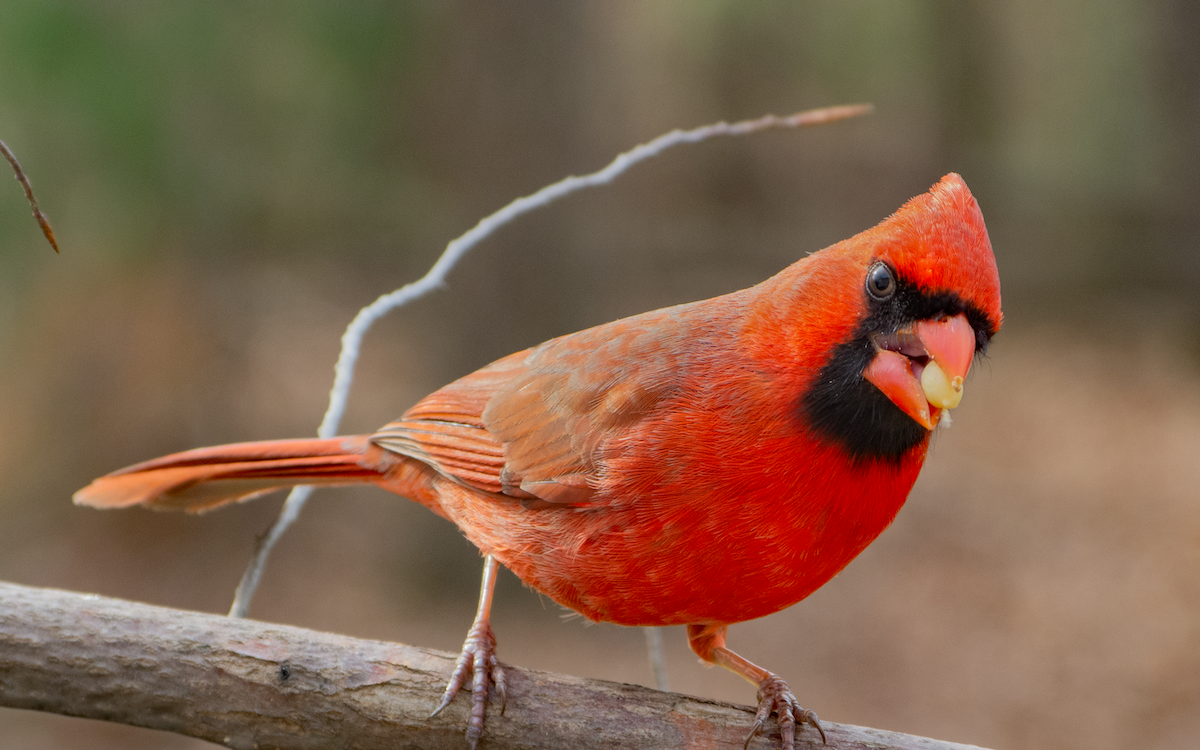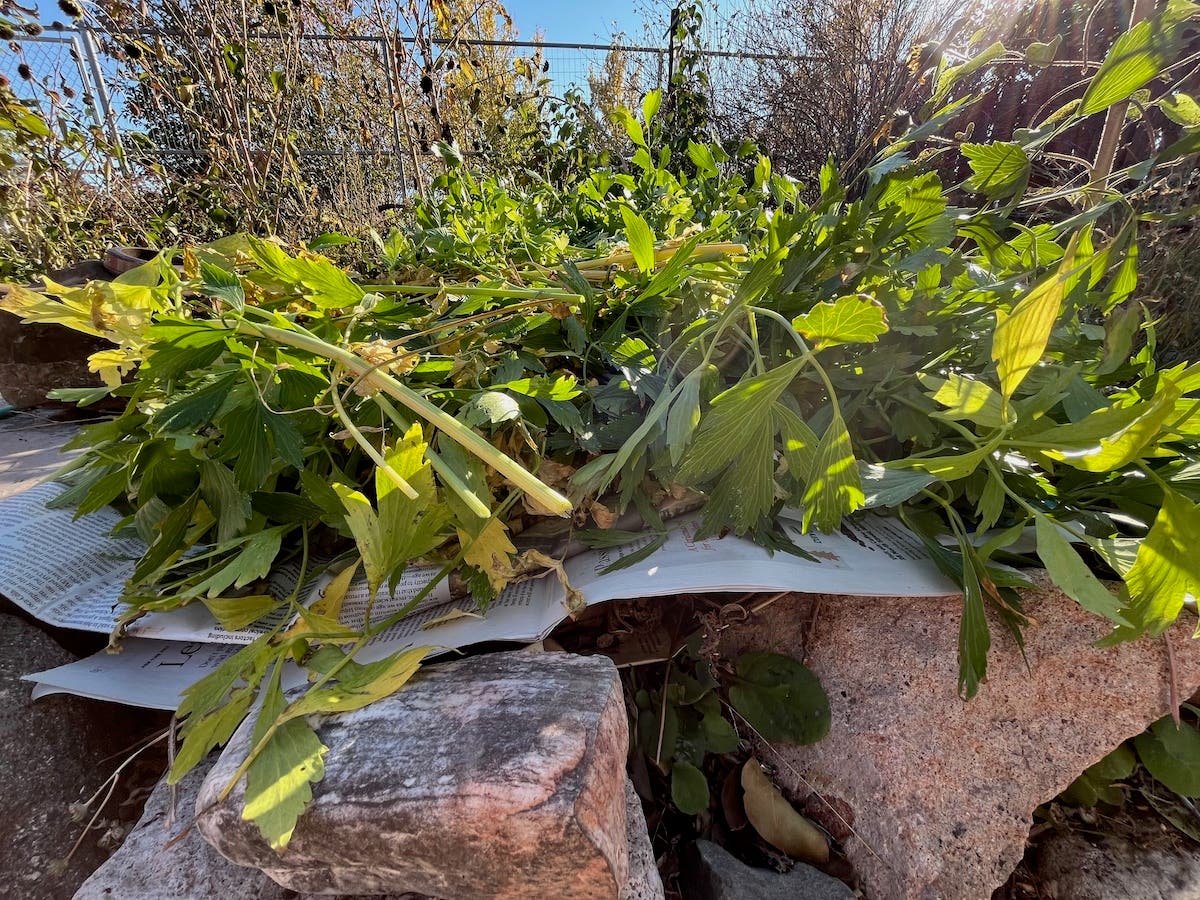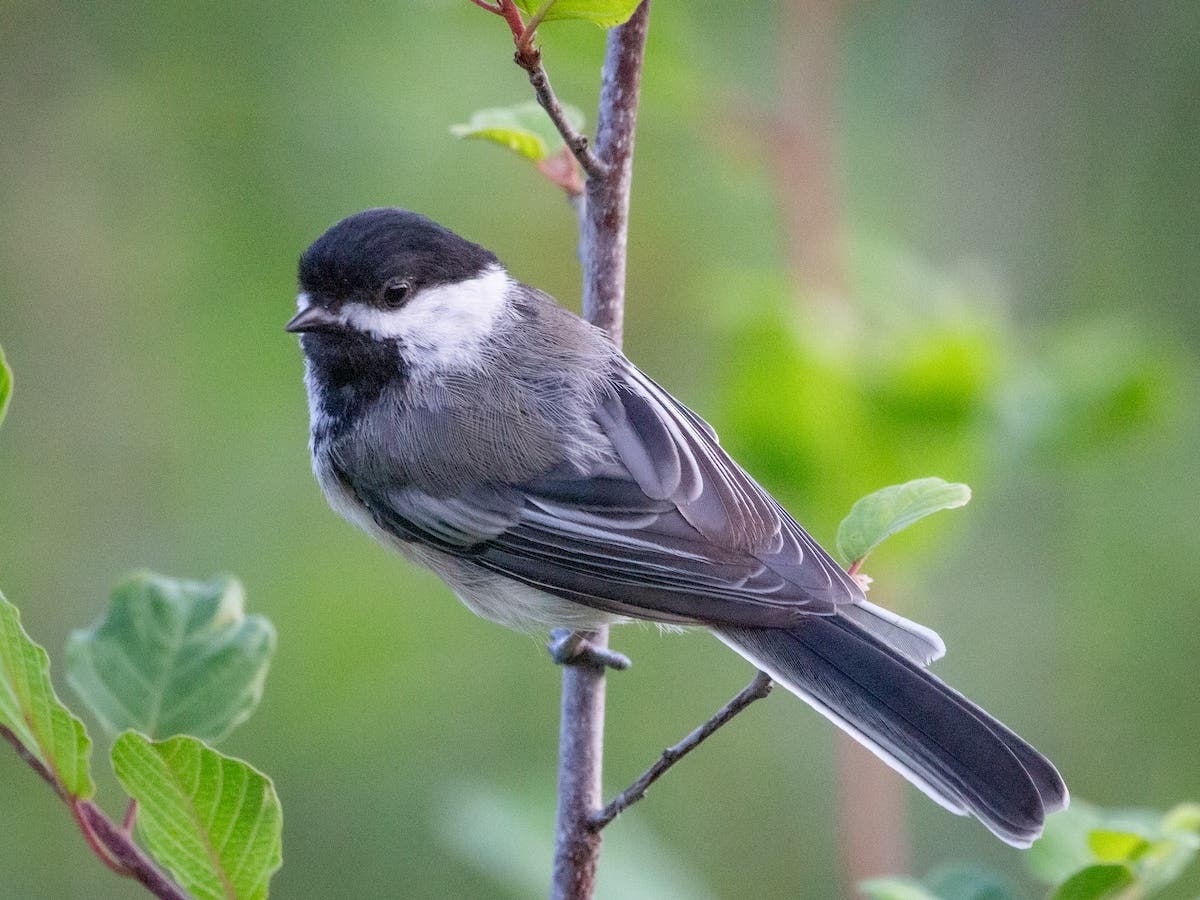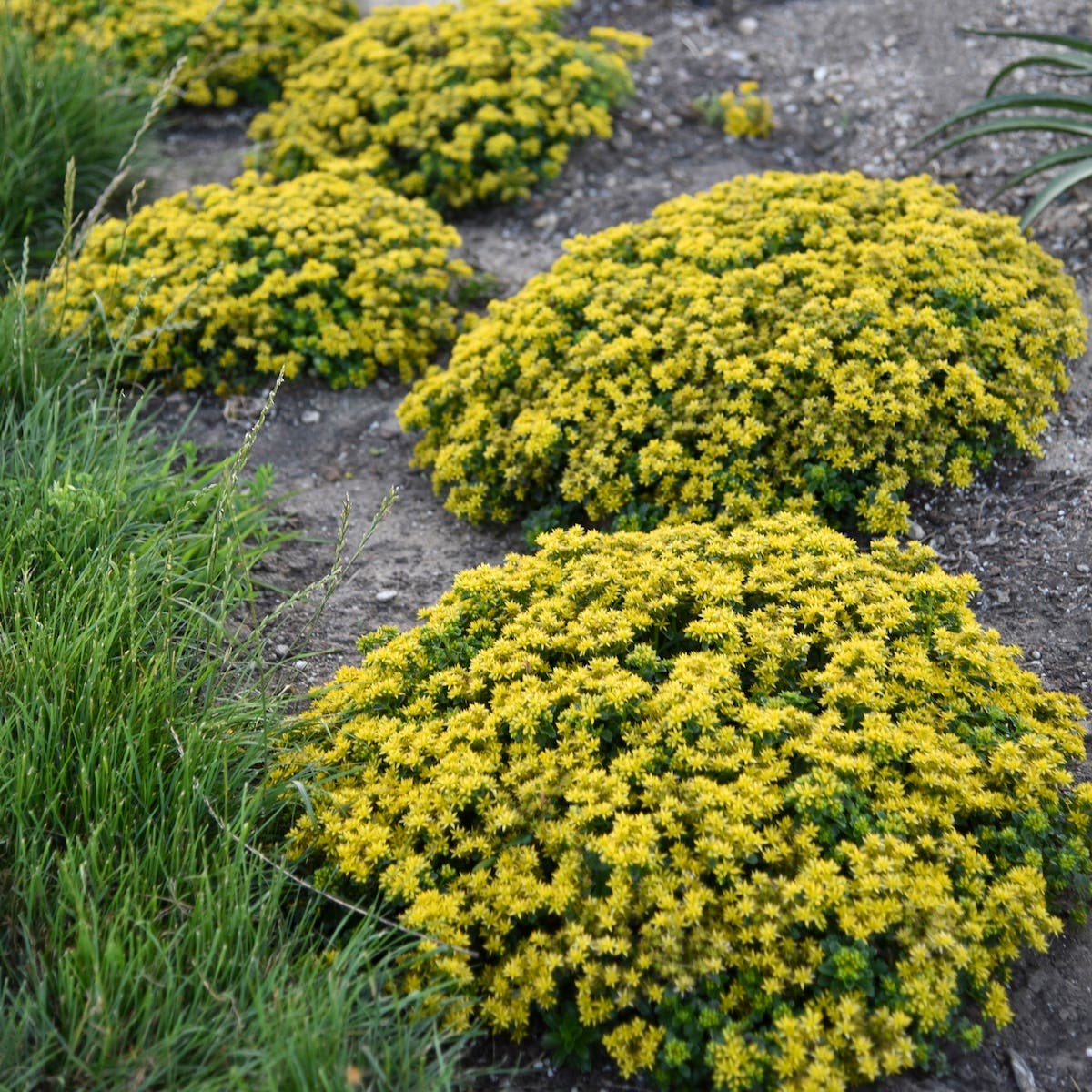Fall Is the Time to Attend to Soil Health
Whether you’re planning to plant a new bed next spring or your just wanting to improve the health of existing planting areas, fall is a great time to work on…
Whether you’re planning to plant a new bed next spring or your just wanting to improve the health of existing planting areas, fall is a great time to work on your soil. Natural soil amendments abound for the taking, and the weather is ripe for them to break down and work their magic on the earth. In this season, garden plants need little to no care, and many of them are dying back to the ground, leaving you both time and space to attend to the soil. Soil health is key to plant health, so the brief effort that goes into the following steps will pay off big time.
1. Deciduous leaves that come down in the fall make an excellent lightweight mulch that will quickly break down and feed the soil. Shred large leaves before spreading them across the soil to a depth of two or three inches. Small leaves can be placed whole.
2. Compost, or a compost-and-mulch blend, also makes a nutritious topdressing for garden soil. Scratch mature compost into the soil this fall, then replenish your compost pile with the season’s natural debris.
3. If you’re planting a new bed next spring, prepare now by marking it off, observing its conditions (including soil type and drainage) and killing any existing plants and grass by winter smothering.
4. Grow a winter cover crop on the bare soil of vegetable or cutting gardens. Cover crops are cool-season annuals that feed the soil when they are mowed or tilled into the ground in early spring.
5. Get a soil test. Send a sample to your cooperative extension agency now and be ready to act on its results later this season or first thing in spring.
Image credit: Martin Novak/Moment/Getty Images







